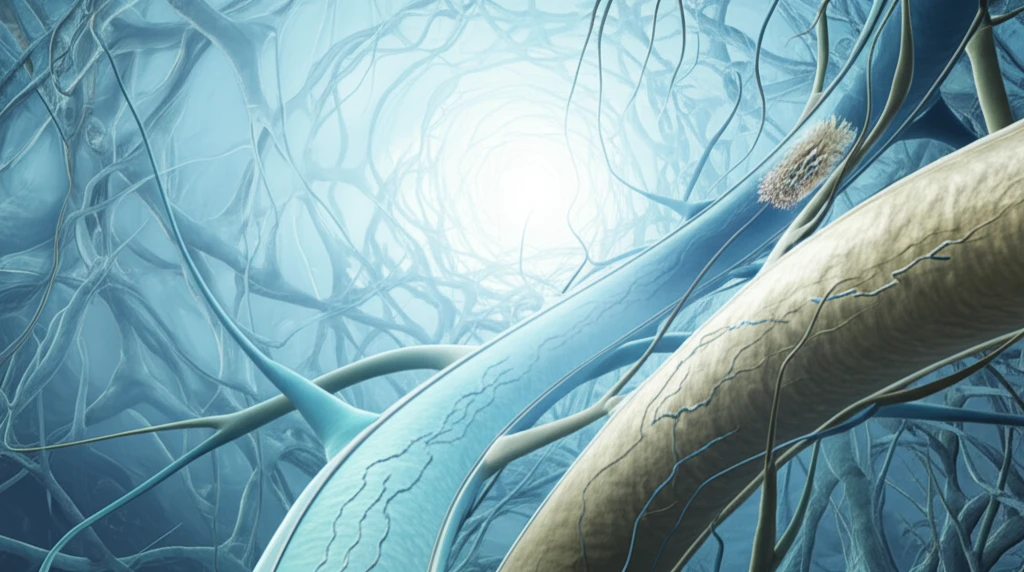
Varicose Veins: Comparing Modern Treatments for Optimal Recovery
"A Detailed Look at N-Butyl Cyanoacrylate, Radiofrequency Ablation, and Endovenous Laser Ablation for Superficial Venous Incompetence"
Varicose veins, those twisted, enlarged veins near the surface of the skin, are a common condition affecting millions worldwide. Beyond the cosmetic concerns, varicose veins can cause discomfort, pain, and even more serious health issues if left untreated. Fortunately, modern medicine offers several effective treatments to alleviate symptoms and improve quality of life.
Among the innovative approaches available are N-butyl cyanoacrylate (NBCA) also known as VenaSeal, radiofrequency ablation (RFA), and endovenous laser ablation (EVLA). Each of these treatments aims to close off or remove the affected veins, redirecting blood flow to healthier vessels. While all three methods have proven successful, they differ in technique, recovery time, and potential complications.
This article delves into a comparative analysis of NBCA, RFA, and EVLA, drawing insights from a randomized clinical trial to provide a clear understanding of their benefits and drawbacks. Whether you're exploring treatment options for yourself or seeking information for a loved one, this guide offers valuable knowledge to help you make informed decisions about managing varicose veins.
Comparing Varicose Vein Treatments: NBCA, RFA, and EVLA

A study published in the European Journal of Vascular and Endovascular Surgery compared the effectiveness of N-butyl cyanoacrylate (NBCA), radiofrequency ablation (RFA), and endovenous laser ablation (EVLA) in treating superficial venous incompetence. The randomized clinical trial involved 525 patients, each of which were assigned to one of the three treatment groups. Researchers monitored these patients over two years, focusing on saphenous vein occlusion rates, post-procedural pain, complications, and time to return to work.
- Occlusion Rates: The occlusion rates were similar across all three groups at 6 months, 1 year, and 2 years. Specifically, at the 2-year mark, NBCA had an occlusion rate of 92.6%, RFA had 90.9%, and EVLA had 91.5%. These results indicate that all three treatments are effective in closing off the saphenous vein.
- Post-Procedural Pain: Patients who underwent NBCA experienced significantly less post-procedural pain compared to those who received RFA or EVLA (p < .001). This suggests that NBCA may offer a more comfortable experience immediately following the procedure.
- Return to Work: The time it took for patients to return to work varied among the groups. NBCA patients returned to work the fastest (1.04 days), followed by EVLA (1.31 days), and then RFA (1.56 days) (p < .001). A remarkable 95% of NBCA patients were able to return to work on Day 1, compared to 50% of RFA patients and 75% of EVLA patients.
- Complications: The complication rates (including DVT, bleeding, and phlebitis) were similar across all three groups. This suggests that all three treatments have a comparable risk profile in terms of potential adverse events.
- Clinical Severity Scores: All groups showed improvement in venous clinical severity scores (VCSS) over the two-year period. However, the NBCA group experienced significantly lower VCSS values at 6 months and 2 years (p < .001), indicating a greater improvement in clinical condition.
Making Informed Decisions About Varicose Vein Treatment
Selecting the right varicose vein treatment requires careful consideration of several factors, including your individual needs, preferences, and medical history. While NBCA, RFA, and EVLA are all effective options, NBCA appears to offer advantages in terms of reduced post-procedural pain and faster recovery. However, it's essential to consult with a qualified healthcare professional to determine the most appropriate treatment plan for your specific situation. Discuss the potential benefits and risks of each procedure, as well as any concerns or questions you may have. With the right approach, you can achieve significant relief from varicose veins and improve your overall well-being.
